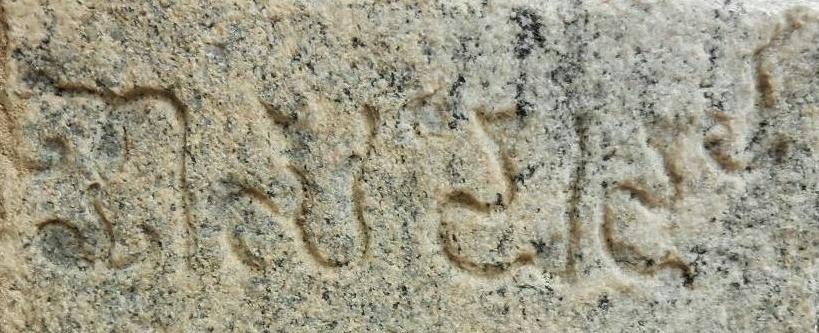 |
| Koneri raja puram |
 |
| Tukkaachi |
Chola country : An anthology of green, punctuated by concrete, where streams and canals form watery rhymes. Little boys frolic, splashing in the waters, in bowery nooks that filter sunlight; where Nintendo and Playstation are too pricey to surpass the free delights of earth and water. Leaf, tile and cement ceil houses, pumpkins and dish antennas compete as decor, tractors have garages, cranes fish and farmers crane their backs in rice fields.
Cows amble, hens scramble, bulls strut, insects flit, bees bumble, dores dumble, drunks stumble and butterflies flutter by. Shops vend tea, snacks, fruits, betel, plastic goods, jewellery, european and persian fabrics, motorbikes, xerox, cell phone, urea, cement, seeds... It's also astounding how many schools with large buildings there are in small towns. Waves of modernity wash the shores of the medieval and ancient.
Feasting on the greenery is an excellent vacation for the eyes, especially if accustomed to LCD screens, on palm desk and wall.
 |
| Canal outside Tukkaachi |
Similar Sketches
Kumbakonam - LMS
Traffic - LMS
Landscape of Polur (Tamil)























